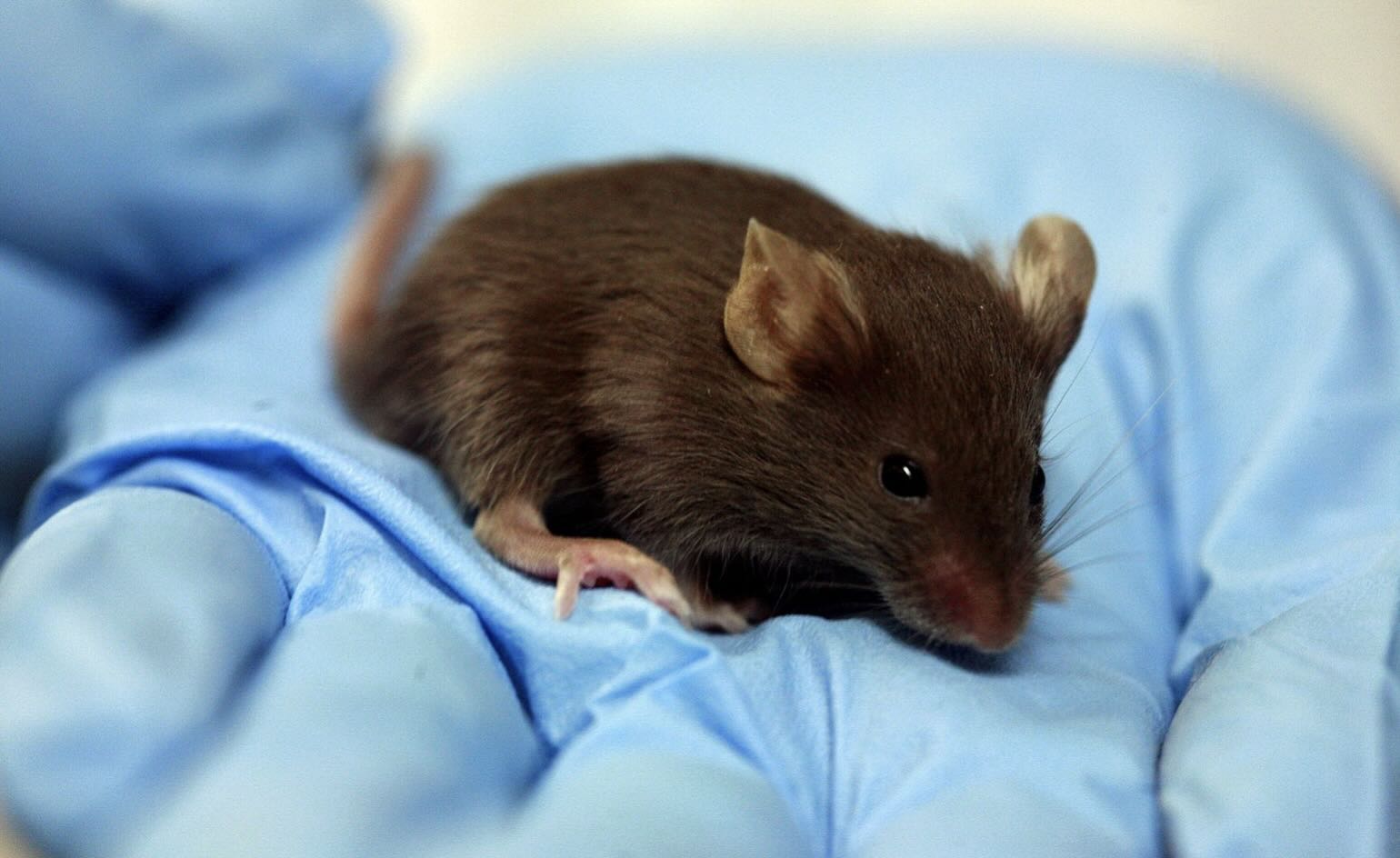The US Food and Drug Administration (FDA) is advancing new measures to help reduce its reliance on testing that involves live animal subjects, according to newly published research.
From developing advanced knowledge of diseases to testing the safety of routine consumer products, humans have enormously benefitted from animal test subjects. However, new advances in biology, engineering, and artificial intelligence are paving a path toward a future where safety and regulatory standards can be maintained without harming animals.
Advancing Alternatives to Animal Testing
According to FDA administrator Chad P. Nelson and colleagues in a new paper, the agency is working to develop new approach methodologies (NAMs) to minimize animal testing. Remaining committed to increasing safety, mitigating risks, and maximizing efficacy, the form of these replacements varies from new physical tests to computer models, although the FDA is focused on developing dynamic qualification programs for evaluating each of these diversified approaches.
Through activities like the ISTAND drug development program, collaborations with industry, workshops, and original research, the agency is developing new methods of leading the way toward reducing reliance on live animal subjects.
NAM, a Step Forward on Reducing Animal Testing
The FDA formally introduced its NAM program to its Science Board in 2022. This external advisory group provides guidance to the FDA Commissioner on scientific matters. At the time, the FDA identified three primary goals: expanding quantification methods for alternative testing, developing guidelines for new methods, and addressing information gaps through applied research.
The proposal gained substantial support, securing $5 million in Congressional funding in 2022 and an additional $1.5 million in 2024. While the NAM program represents a formalized approach, the FDA’s efforts to reduce and refine animal testing were already underway.
In their recent paper, Nelson and his coauthors highlighted the need for a comprehensive review of the NAM field. To advance this initiative, the FDA outlined critical information in the new paper, including the incentives and regulatory elements necessary to reduce animal testing.
The paper also identified key organizations for validating these new methods, such as the U.S. Interagency Coordinating Committee on Validation of Alternative Methods, the European Centre for the Validation of Alternative Methods, and the Japanese Center for the Validation of Alternative Methods.
NAMs: Creating Not Just New, But Better Safety Standards
The human eye, one of our most sensitive organs, is also an organ that is especially prone to irritation. Safety testing for topical products must therefore account for both direct and incidental eye contact. Traditionally, in vivo ocular irritation tests have been used for this purpose, often involving rabbits to assess tissue damage and recovery.
However, newer in vitro and ex vivo methods are increasingly replacing these outdated practices in FDA safety assessments. These methods use eyes from deceased animals (byproducts of food production) or cell cultures from humans or animals. Research on eye cell cultures has shown that they may be the most efficient and cost-effective method for accurately assessing damage and recovery. The field is trending toward non-animal testing, moving from live animal research to agricultural byproducts and ultimately to cell cultures alone.
Beyond physical testing, computational methods have proven highly effective. Due to biological differences between humans and animals, detailed data analysis can often predict human reactions more accurately than animal testing. For instance, a computer simulation of gastric fluid demonstrated that the stomach acid drug ranitidine does not produce a suspected carcinogen in the human stomach. The COVID-19 antiviral treatment remdesivir also underwent similar digital testing.
Computational methods have additional benefits that include how computer models of genetically diseased cells allow for extensive testing on rare genetic variants, enhancing our understanding of drug interactions for these cases, which may not be covered in clinical trials.
FDA Qualification Standards
Transitioning away from animal testing is akin to a technological upgrade, addressing ethical concerns while reducing costs and improving accuracy. The FDA and the NAM program subject new testing methods to rigorous evaluations to ensure their reliability.
According to the recent plans outlined by Nelson and colleagues, developers must provide context for the new methods, establish clear success criteria, outline detailed experimental procedures, and collect objective data to validate their effectiveness. With these standards, the FDA is actively promoting new alternatives that could redefine safety testing.
The paper, “Advancing Alternative Methods to Reduce Animal Testing,” appeared on November 14, 2024 in Science.
Ryan Whalen covers science and technology for The Debrief. He holds a BA in History and a Master of Library and Information Science with a certificate in Data Science. He can be contacted at ryan@thedebrief.org, and follow him on Twitter @mdntwvlf.

